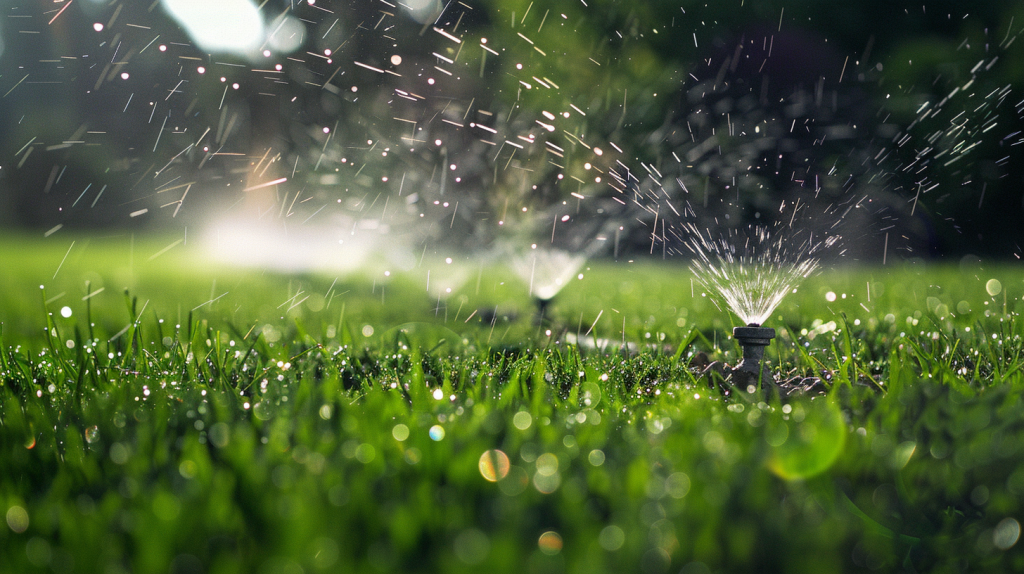What Are The Role of Rainwater Harvesting in Utility Water?
1. What Are Utility Water Uses?
Utility water refers to water used for non-potable (non-drinking) purposes. This classification encompasses a wide range of uses, reducing the demand for potable water in areas where drinking-quality water is not necessary.
1.1 How Many Types of Utility Water Are There?
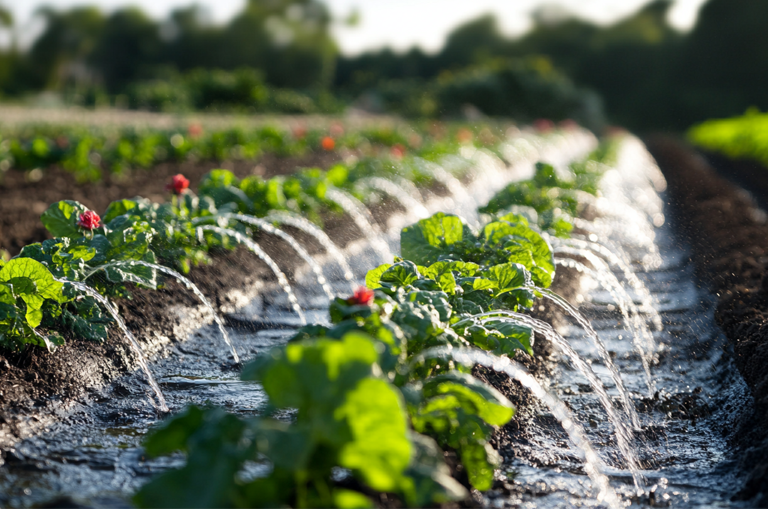
Irrigation Water:
Water used for landscaping, agriculture, and garden watering. According to the Environmental Protection Agency (EPA), outdoor irrigation accounts for nearly 30% of water use in the United States, and rainwater harvesting can drastically reduce the need for potable water in this area.
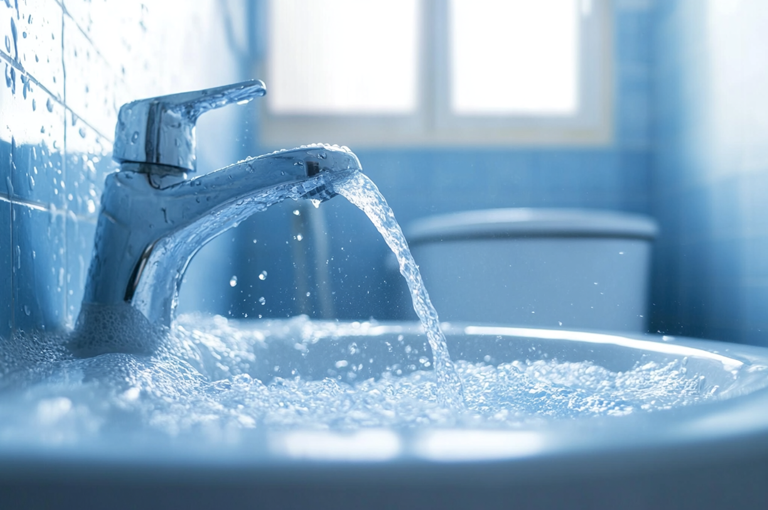
Flushing Water:
Water for toilets and sanitation systems, which can make up 20-30% of a household’s daily water usage. A study from The American Water Works Association (AWWA) highlights that using harvested rainwater for flushing can reduce potable water demand in households by up to 50%.

Cleaning Water:
This includes water for washing cars, cleaning driveways, or cleaning machinery in industrial settings.
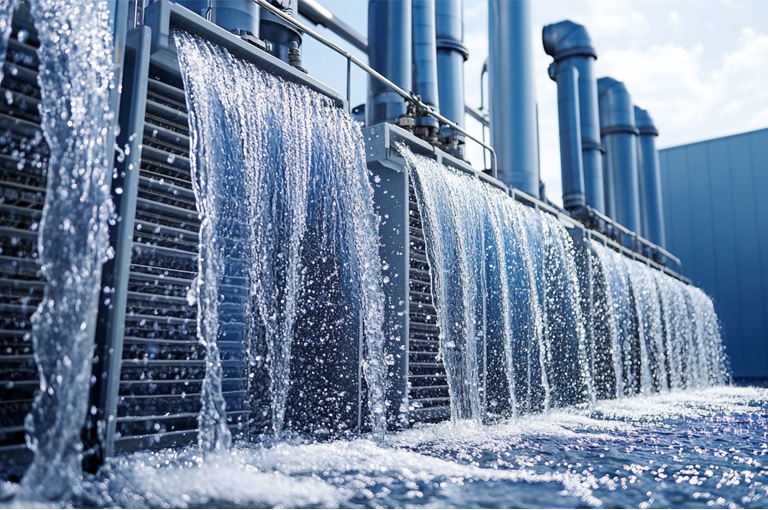
Cooling Water:
Used in HVAC systems, industrial cooling towers, and other cooling processes. Rainwater can be an ideal source for these applications, significantly reducing the consumption of treated potable water.
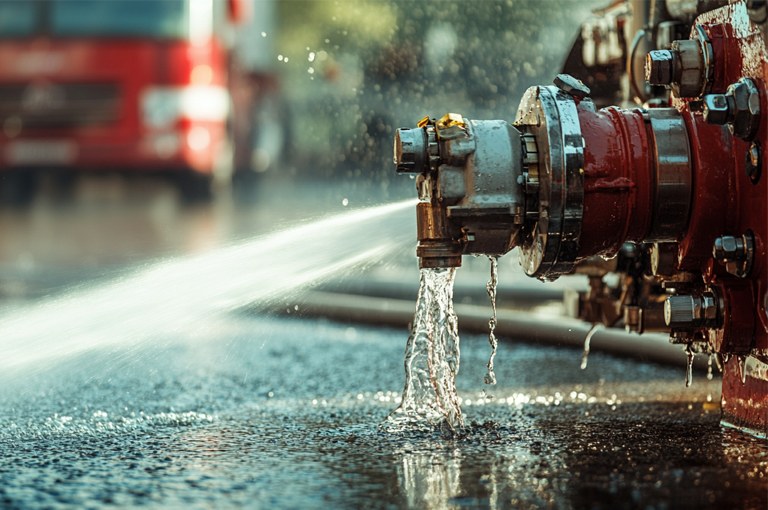
Fire Suppression:
Rainwater stored in underground tanks can be used in fire suppression systems for both commercial and residential buildings.
2. The Importance of Utility Water
Utility water plays a crucial role in water conservation efforts:
– Reduce Potable Water Consumption: Using non-potable water for tasks that do not require drinking-quality water helps conserve fresh water supplies for essential uses.
– Lower Operating Costs: Utility water helps both households and businesses reduce water-related expenses, as it often requires less treatment and is cheaper to supply than potable water.
– Support Sustainability: Integrating utility water systems such as rainwater harvesting into daily operations contributes to sustainable water management, reducing the overall environmental impact.
According to Water Research Foundation, the integration of rainwater harvesting systems in residential and commercial properties can reduce potable water consumption by up to 40%, depending on the system size and use case.
3. Can Rainwater Collected and Stored in Underground Rainwater Attenuation Tanks Be Used for Utility Water?
Yes, rainwater harvested from roofs and stored in underground tanks can be effectively used for a wide range of utility water applications. Underground attenuation tanks provide several advantages, such as protection from sunlight (which reduces algae growth), temperature regulation, and the prevention of water loss due to evaporation.

3.1 What Are the Precautions for the Use of Rainwater Collected and Stored in Underground Rainwater Storage Tanks?
– Filtration and Treatment: Ensure the rainwater is filtered to remove large debris, sediments, and pollutants before entering the tank. Proper filtration systems are essential to maintaining water quality.
– Regular Maintenance: Underground storage tanks should be inspected and cleaned regularly to prevent sediment buildup and ensure that pumps and filtration systems are functioning correctly. A study by The International Rainwater Catchment Systems Association (IRCSA) emphasizes that annual maintenance can extend the lifespan of the system by up to 20 years.
– Separate Plumbing: Install separate plumbing systems for utility and potable water to avoid any potential cross-contamination.
– Overflow Management: Properly design overflow systems to manage excess water during heavy rainfall and prevent flooding or erosion around the tank.
*Structure of Underground Rainwater Attenuation Tanks
3.2 How to Install an Underground Rainwater Harvesting and Utilization System?
The process of installing an underground rainwater storage system typically involves the following steps:
– Site Assessment: Begin by assessing the site to determine the optimal location for the storage tank, accounting for soil conditions, water table levels, and nearby structures.
– Excavation: Excavate a hole large enough to accommodate the storage tank. The depth and size of the hole will depend on the tank’s capacity, which should be sized according to the local rainfall data and expected water use.
– Tank Placement: Install the tank, ensuring that it is level and securely supported. The tank should be installed at a depth that protects it from temperature extremes.
– Plumbing and Filtration: Install inlet and outlet pipes, ensuring that they are equipped with the appropriate filters to keep contaminants out of the water supply. A pre-filtration system should be installed at the gutter level to remove large debris before the water reaches the tank.
– Pump and Distribution: Install a pump to move the water from the tank to the point of use. The pump should be chosen based on the pressure and flow rate required for the specific utility water applications.
3.3 How Does an Underground Rainwater Storage System Work?
An underground rainwater saving system functions by capturing rainwater from rooftops through gutters and downspouts. The water is filtered to remove large particles before entering the underground tank. The water is stored in the tank, where it is protected from contamination, temperature extremes, and evaporation. A pump system then distributes the water to areas where it is needed for utility purposes, such as irrigation, toilet flushing, or cooling systems.
Data from the National Resources Defense Council (NRDC) shows that underground tanks can capture and store up to 90% of roof runoff during peak rainfall, making them highly efficient for utility water use.

4. Can Rainwater Collected and Stored in Underground Rainwater Attenuation Tanks Be Safely Used?
4.1 What Filtration Steps Does Rainwater Collected and Stored in Underground Rainwater Collection Tanks Need to Go Through to Be Safe for Use?
Rainwater intended for utility purposes needs to go through the following filtration steps:
– Pre-filtration: Install a first-flush diverter and mesh screens at the gutter level to remove larger debris, such as leaves and dirt.
– Sediment Filtration: Use sediment filters to capture smaller particles, such as dust, sand, and silt, that can accumulate in the tank.
– Activated Carbon Filtration: Activated carbon filters help remove organic compounds, chemicals, and odors, improving the quality of the stored water.
– UV Sterilization (Optional): While typically used for potable water, ultraviolet (UV) sterilization can be employed for utility water applications where pathogen control is critical.
4.2 What Filtration Steps Are Required for Rainwater Collected and Stored in Underground Rainwater Collection Tanks to Be Safe for Drinking?
For rainwater to be safe for drinking, it must undergo a more thorough filtration and purification process:
– Sediment Filtration: Filters should be used to remove fine particles down to 1-5 microns in size.
– Activated Carbon Filtration: Activated carbon filters are essential to remove chemicals, pesticides, and other pollutants that may be present in rainwater.
– Reverse Osmosis: This filtration method removes dissolved solids, salts, heavy metals, and pathogens. Studies by the World Health Organization (WHO) have shown that reverse osmosis is one of the most effective methods for ensuring rainwater is safe for drinking.
– UV Sterilization or Ozonation: To eliminate microorganisms such as bacteria, viruses, and parasites, ultraviolet (UV) light or ozonation systems should be used. These methods provide an additional layer of safety by neutralizing any remaining pathogens.
5. What Positive Contribution Does Rainwater Harvesting Make to Utility Water Use?
– Reduction in Potable Water Demand: Using harvested rainwater for utility applications can reduce the demand for potable water by as much as 40-50%, according to studies conducted by the American Rainwater Catchment Systems Association (ARCSA).
– Cost Savings: Harvesting rainwater reduces reliance on municipal water supplies, leading to significant savings on water bills. Businesses and households can save hundreds to thousands of dollars annually, depending on the system size and local water costs.
– Stormwater Management: By capturing and storing rainwater that would otherwise contribute to runoff, rainwater harvesting helps mitigate flooding and erosion. According to the U.S. Environmental Protection Agency (EPA), effective stormwater management can reduce peak runoff by as much as 80%.
– Environmental Benefits: Rainwater harvesting promotes sustainability by reducing the energy required for water treatment and distribution. It also supports the conservation of natural freshwater sources, which are increasingly threatened by climate change and population growth.
Ready to Harness the Power of Rainwater? Contact Yude Rain Eco Today!
At Yude Rain Eco, we specialize in designing and installing custom rainwater harvesting systems to meet your utility water needs. Our expert team will guide you from initial consultation through system design, installation, and maintenance to ensure you get the most out of your rainwater collection. Whether you’re looking to reduce your water bills, support sustainability, or manage stormwater, we are here to help.
Contact us today to discuss your project and receive a free consultation and quote.
Let Yude Rain Eco help you make the most of rainwater!


